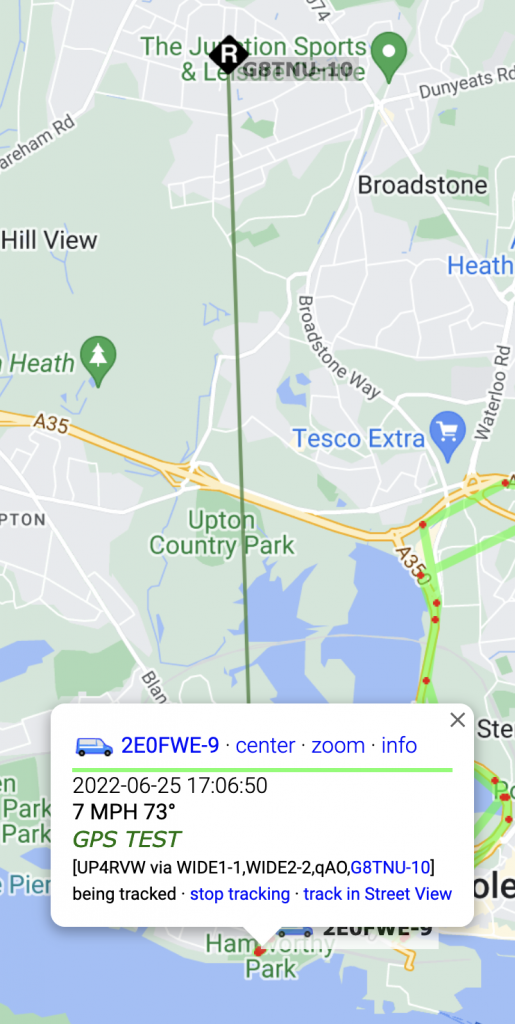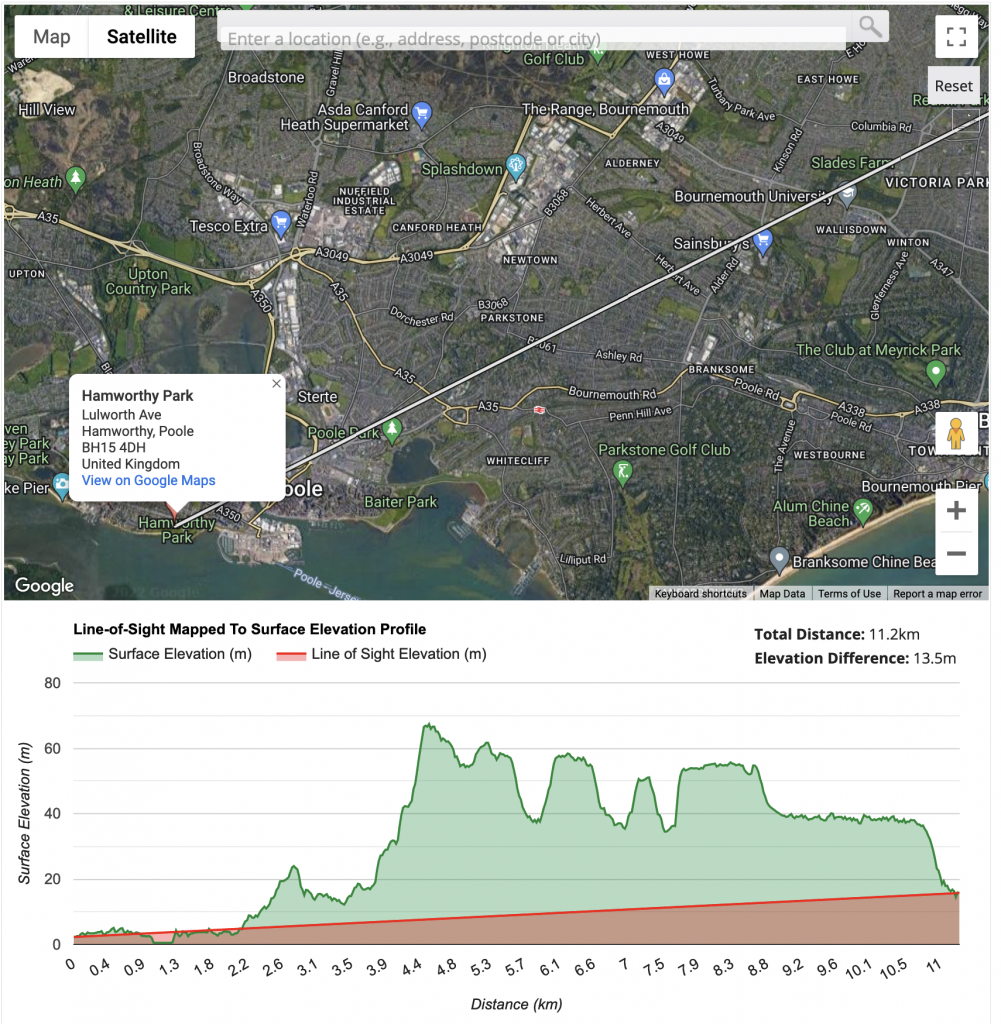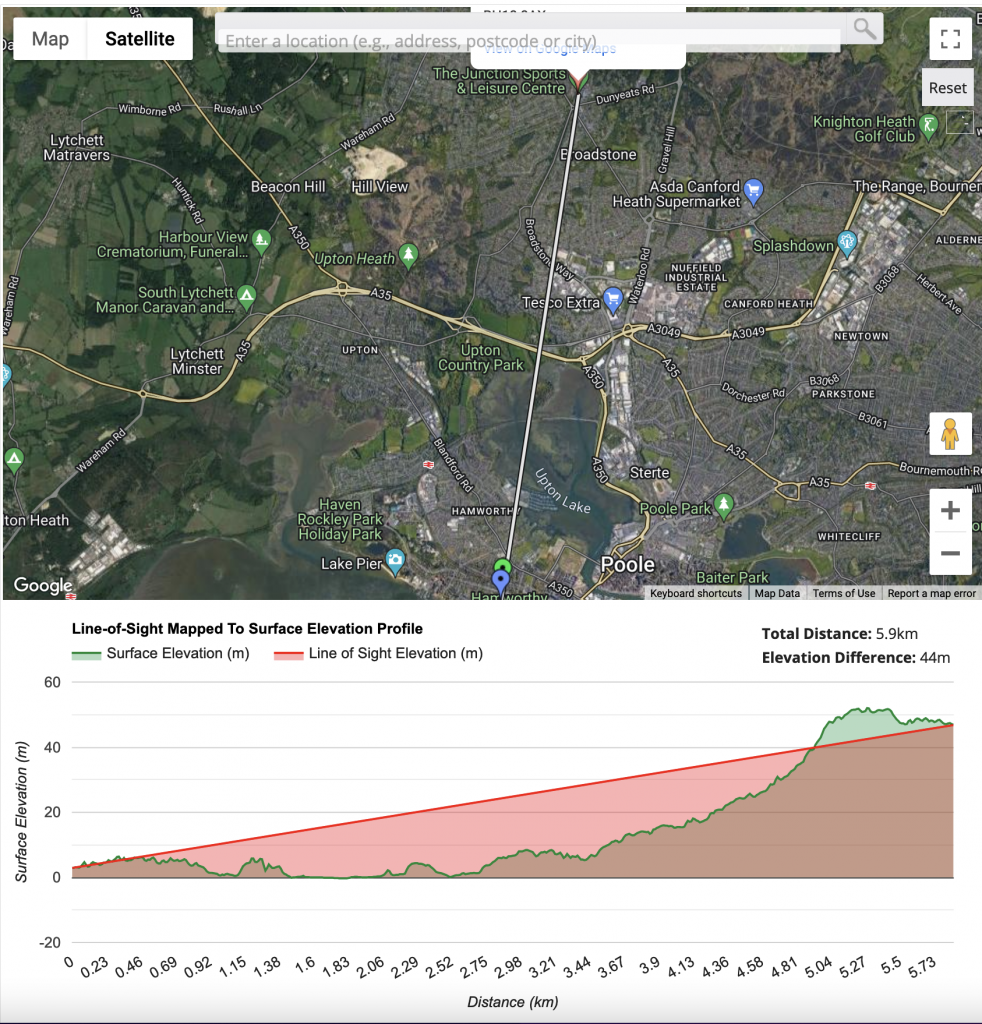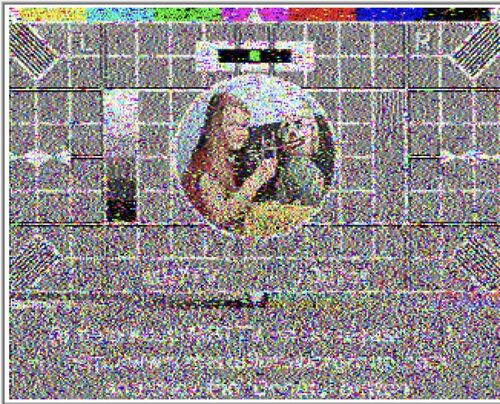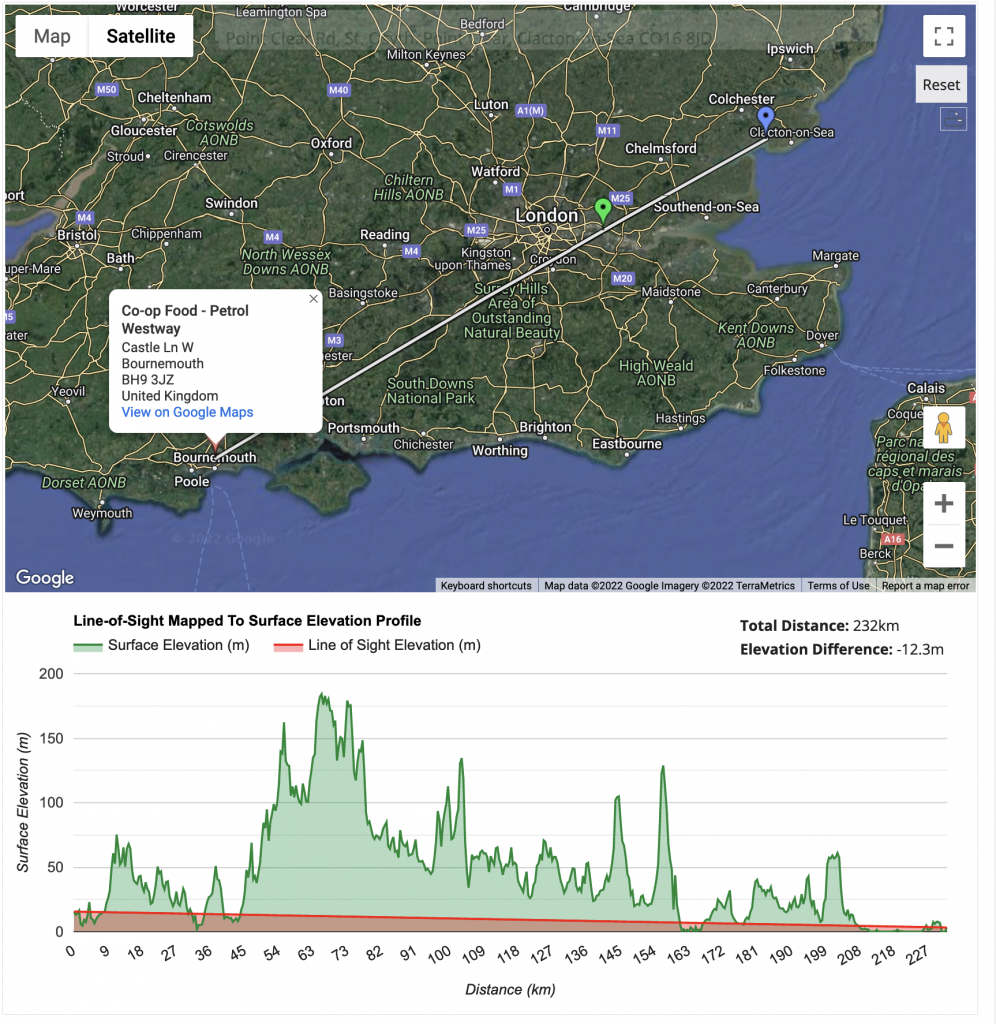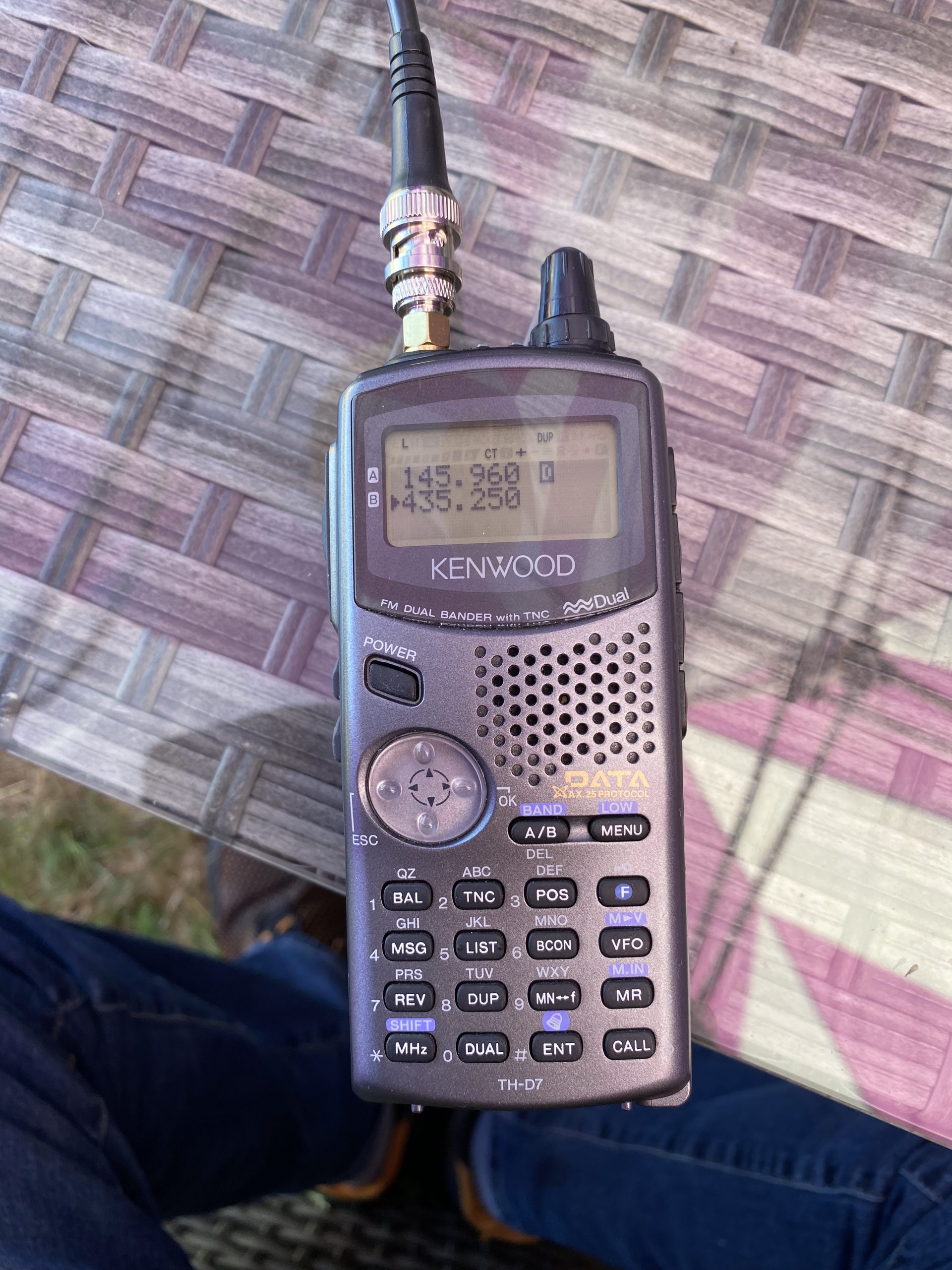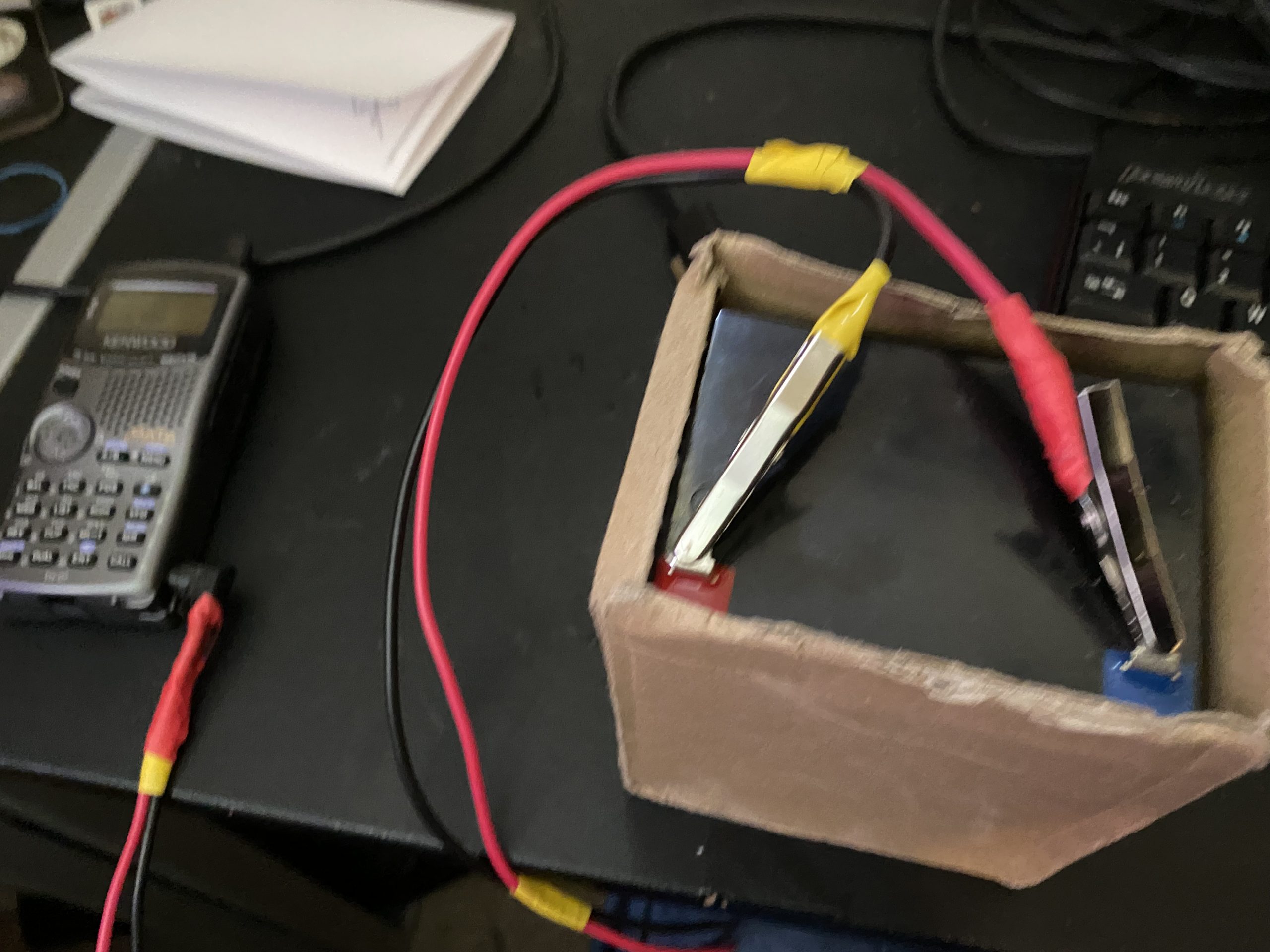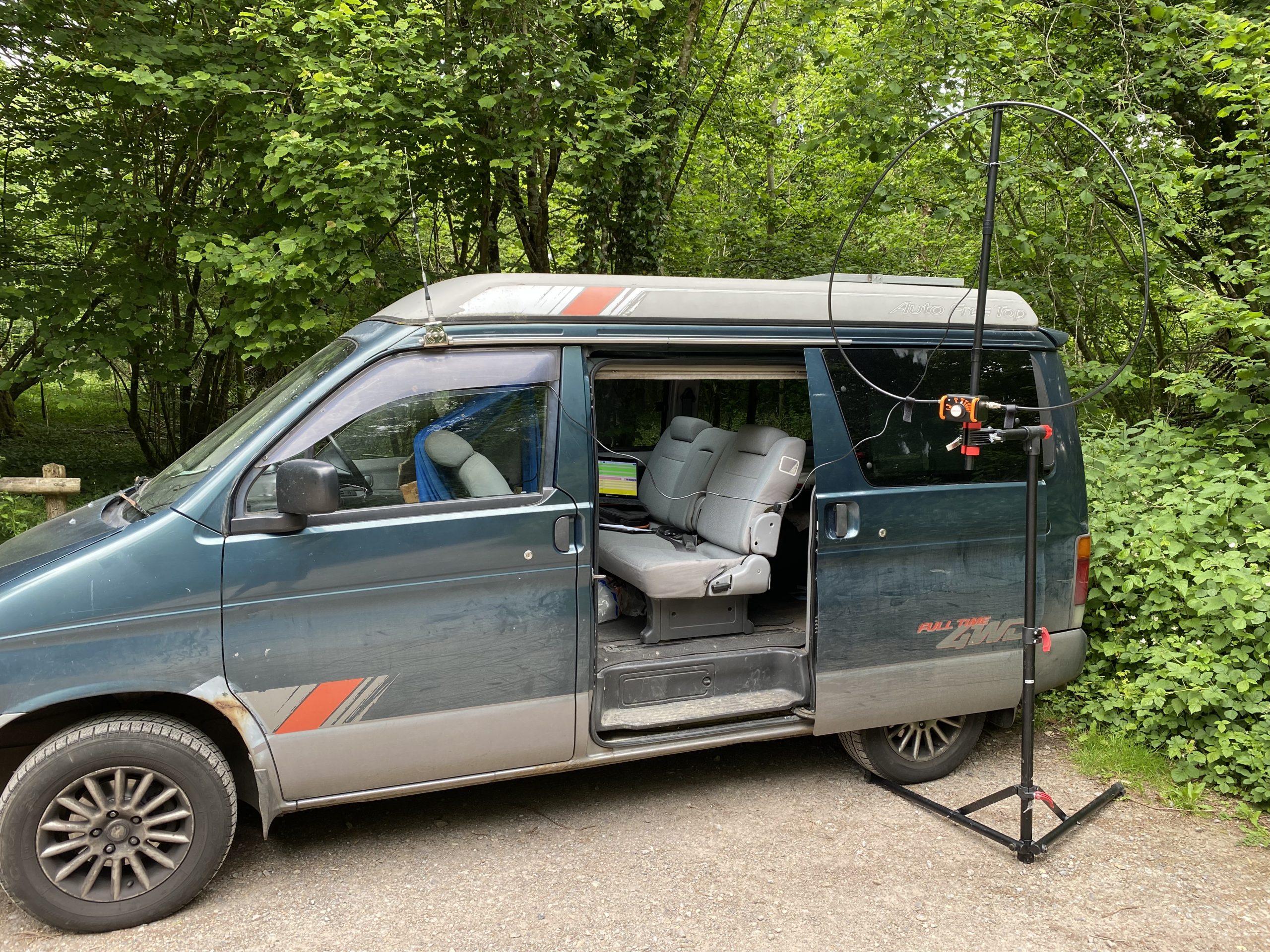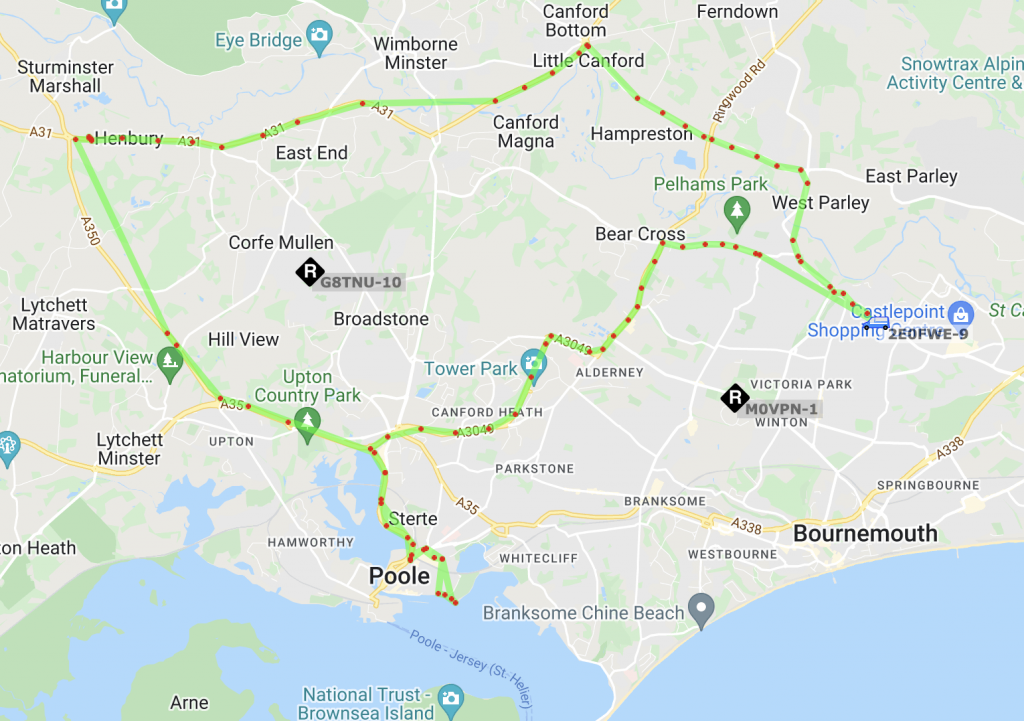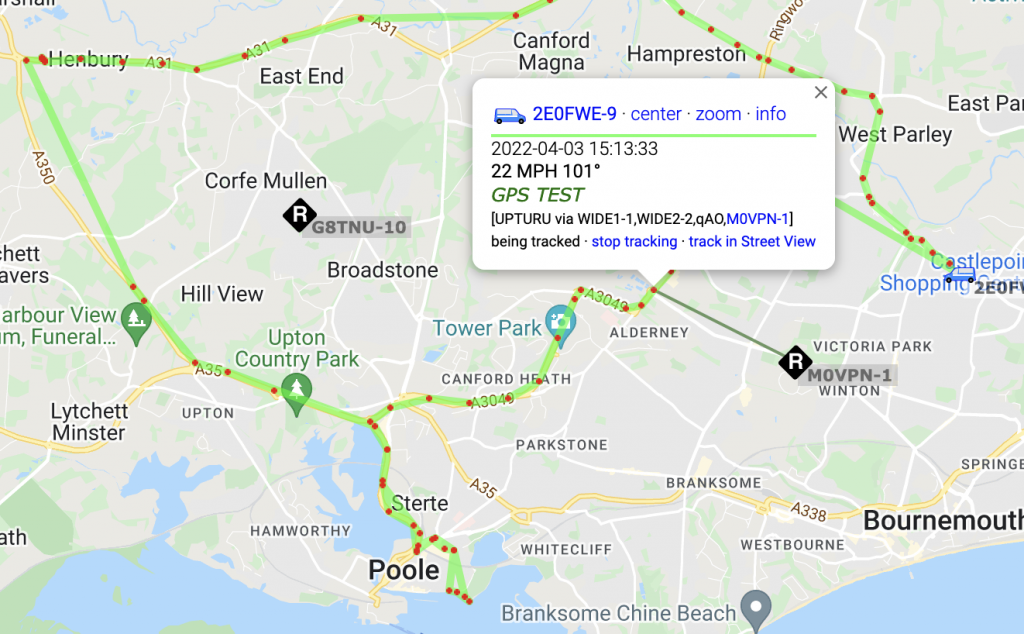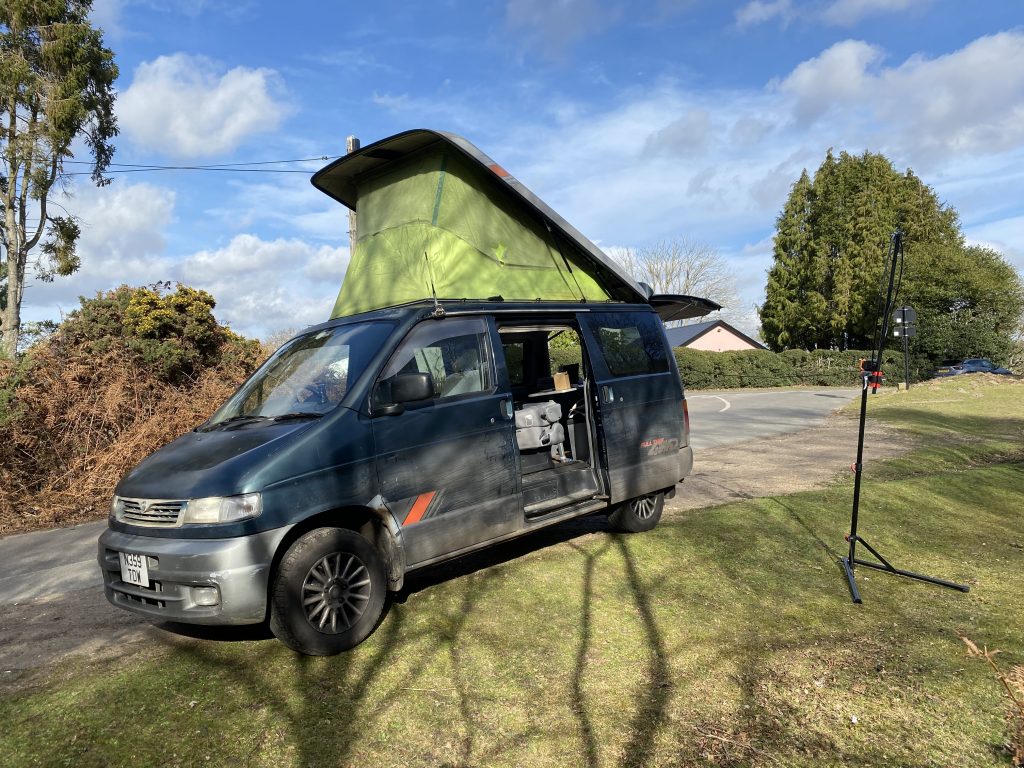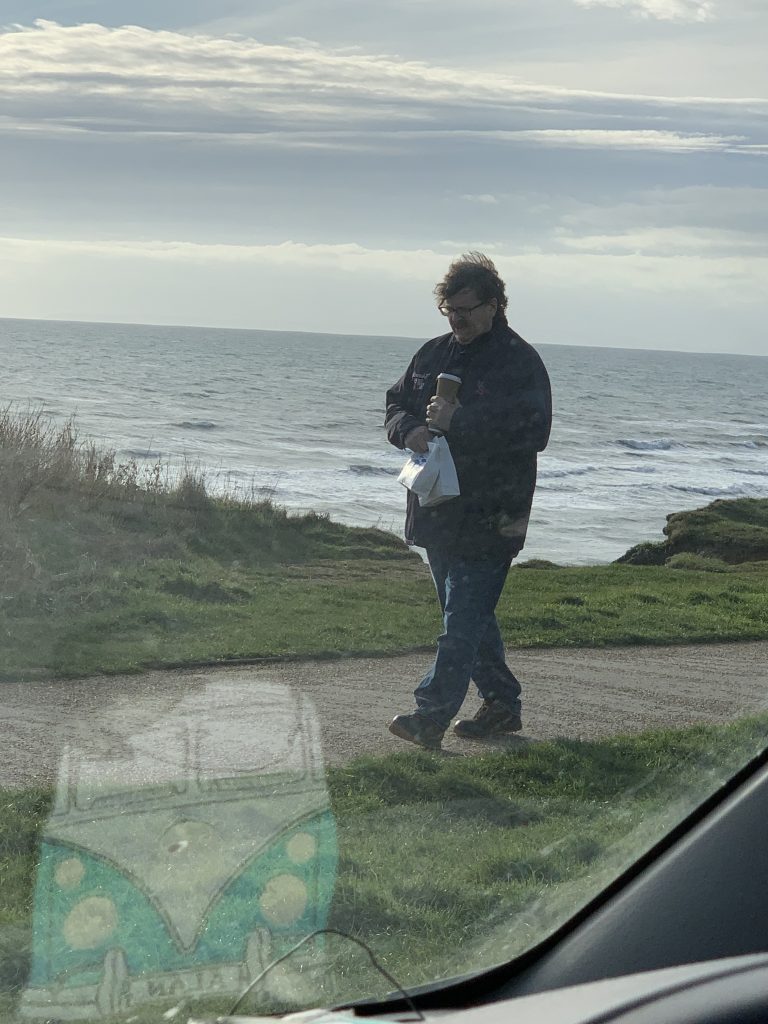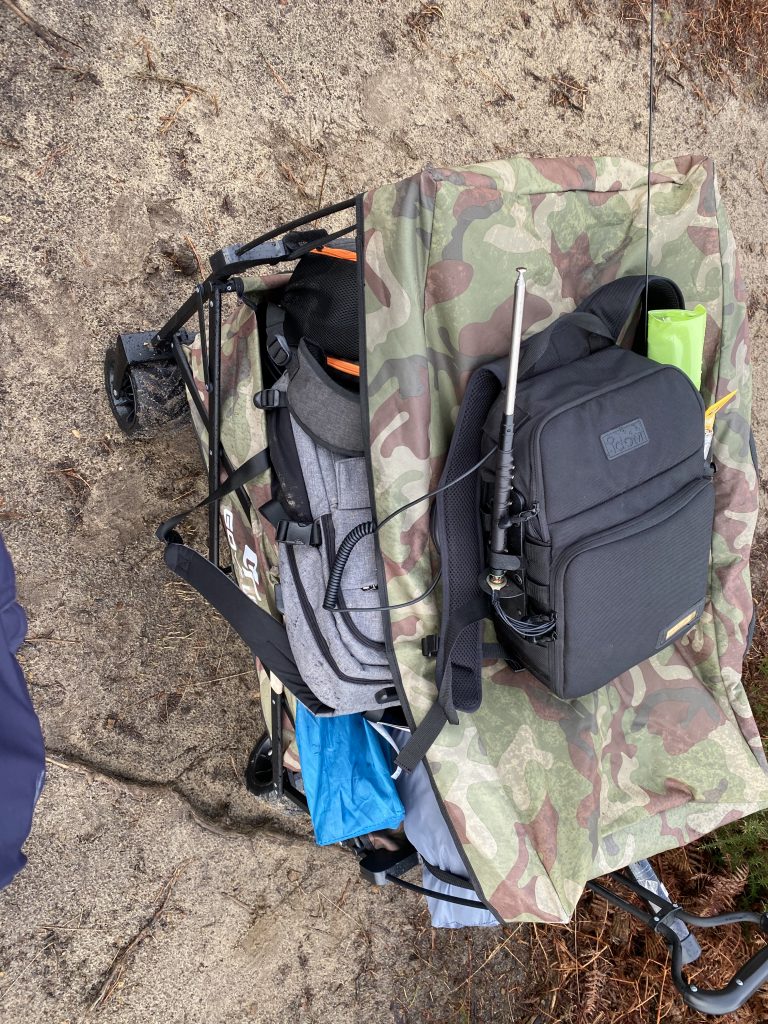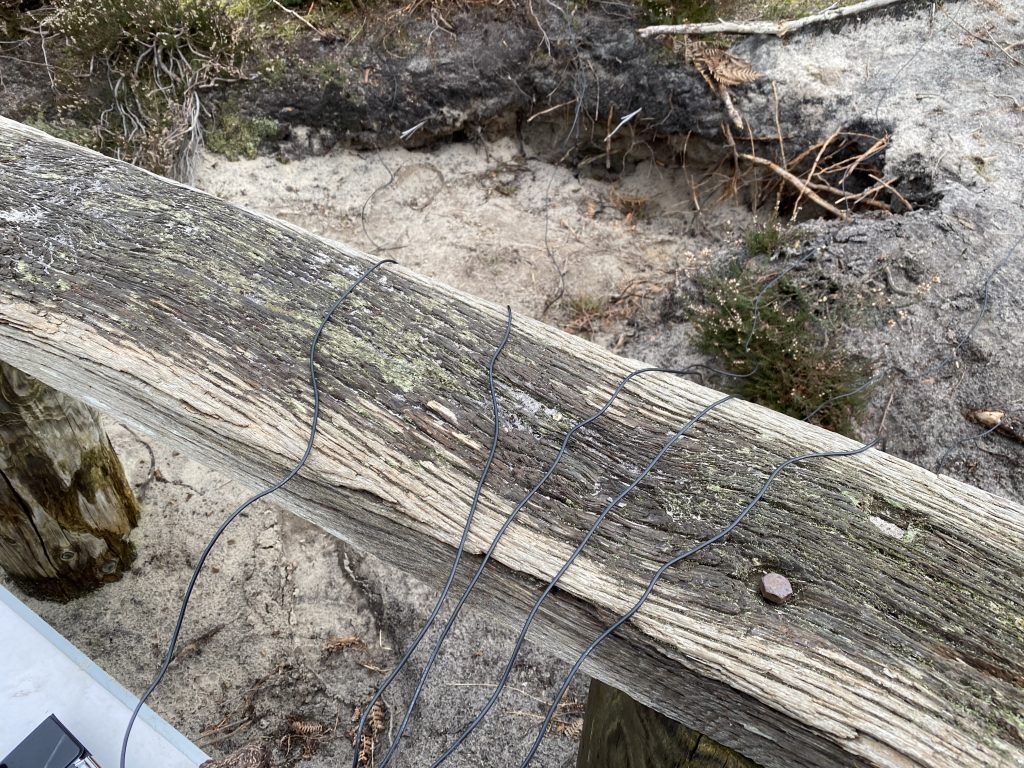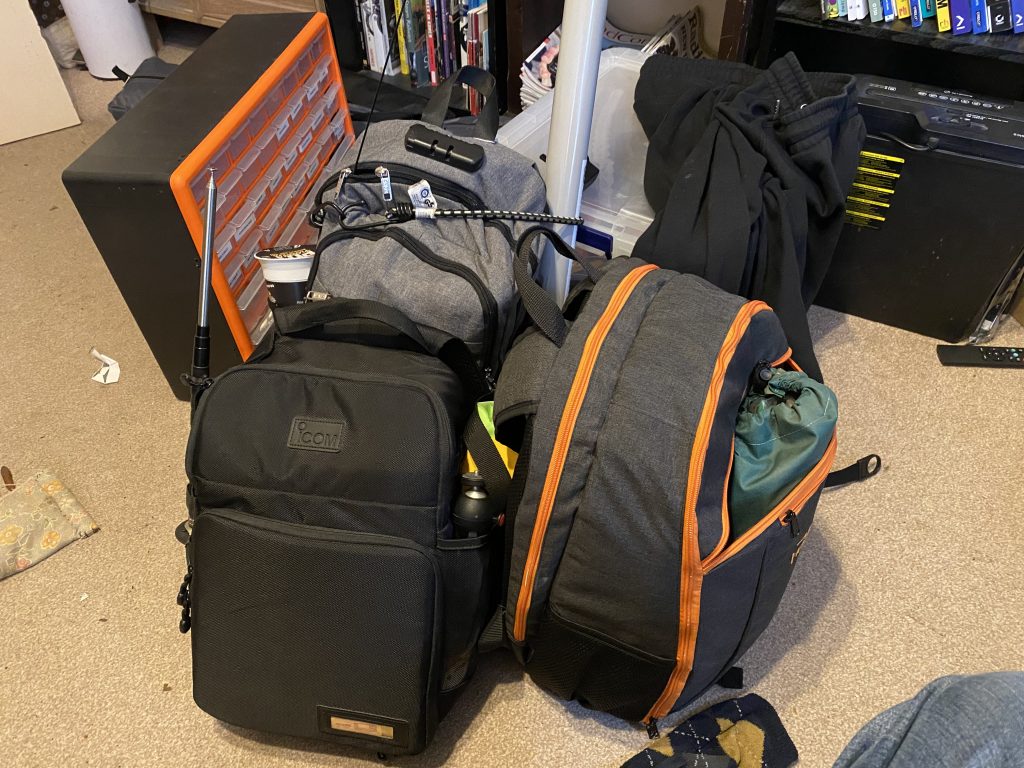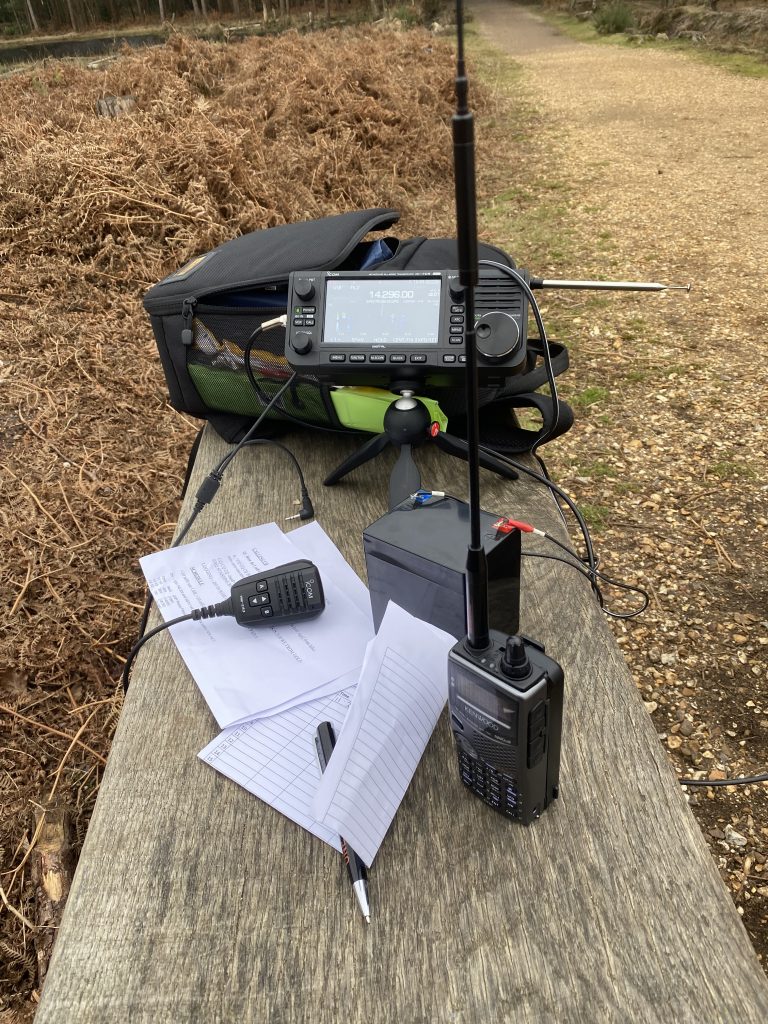With the recent wind and rain, with the rain being very much needed given the recent near-tropical climate, the good weather presented a nice opportunity to take a stroll along the River Stour.

I’ve recently received another VC-H1 via ebay – this one complete with its cable and in very good condition. The cable fits a Baofeng UV5R and with the THD7 not having a battery suitable for mobile operation, seemed a perfect time to combine a nice walk and testing out the THD7 with the UV5R.
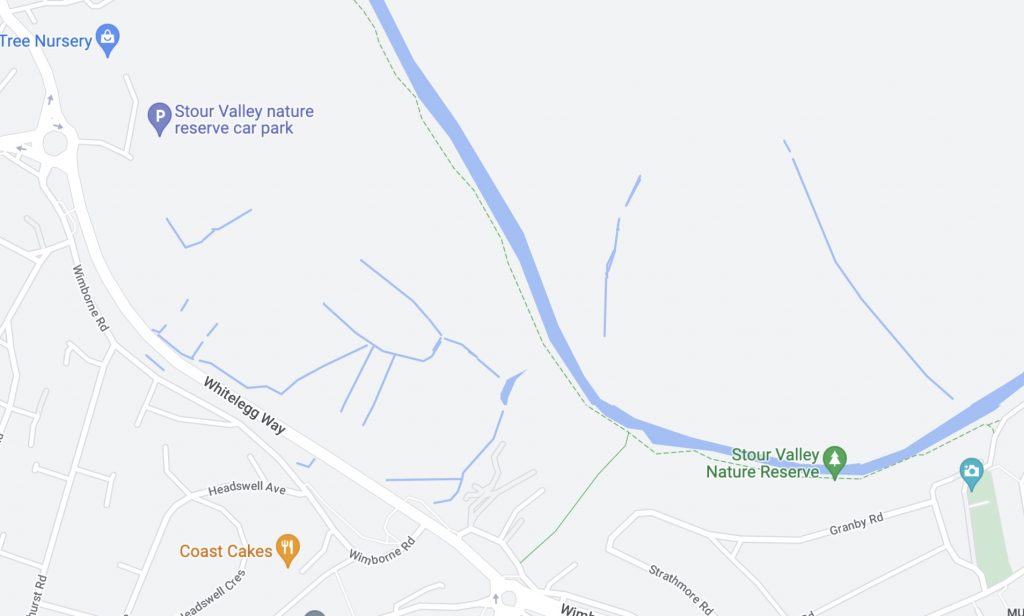
I started off on my usual walk to the local park, which has a nice path to take me to the Stour, there is a bit of road involved, but it was a good place to start testing the UV5R. I had setup FTP auto upload to the 2M SSTV section, so was able to see via the Website – of course I did wait a little just incase someone replied !

The UV5R max power is 5W, so I left it at that. I used normal FM (there is a narrow option) but I believe SSTV is fine as FM. The 9700 receives and sends in FM-Digital mode.
I could at least see the UV5R was working fine, as it should be at this relative short distance (less than 1 mile), but nether the less it was good to see al the systems working well together, i.e. RX via Radio, MMSSTV decode, FTP Upload and available via the website.
I headed a little further down towards where I would usually turn right and start the leg ward journey back home, in this case I carried on towards the Stour River via the Kingfisher Barn visitor centre, which has lovely wood carvings all along the path towards the river.



Having my mobile phone with me and it being a little less busy I was able to generate the tone to test the RX of the UV-5R, I sent the tone and transmitted, the received picture worked really well, with a nice carving of an owl received, which was then re-transmitted back and well received my the UV5R. I’m running 50W into a Diamond X50 back home, so it should come as no suprise that I could receive the picture is relatively short distance, but still glad all the systems worked well.
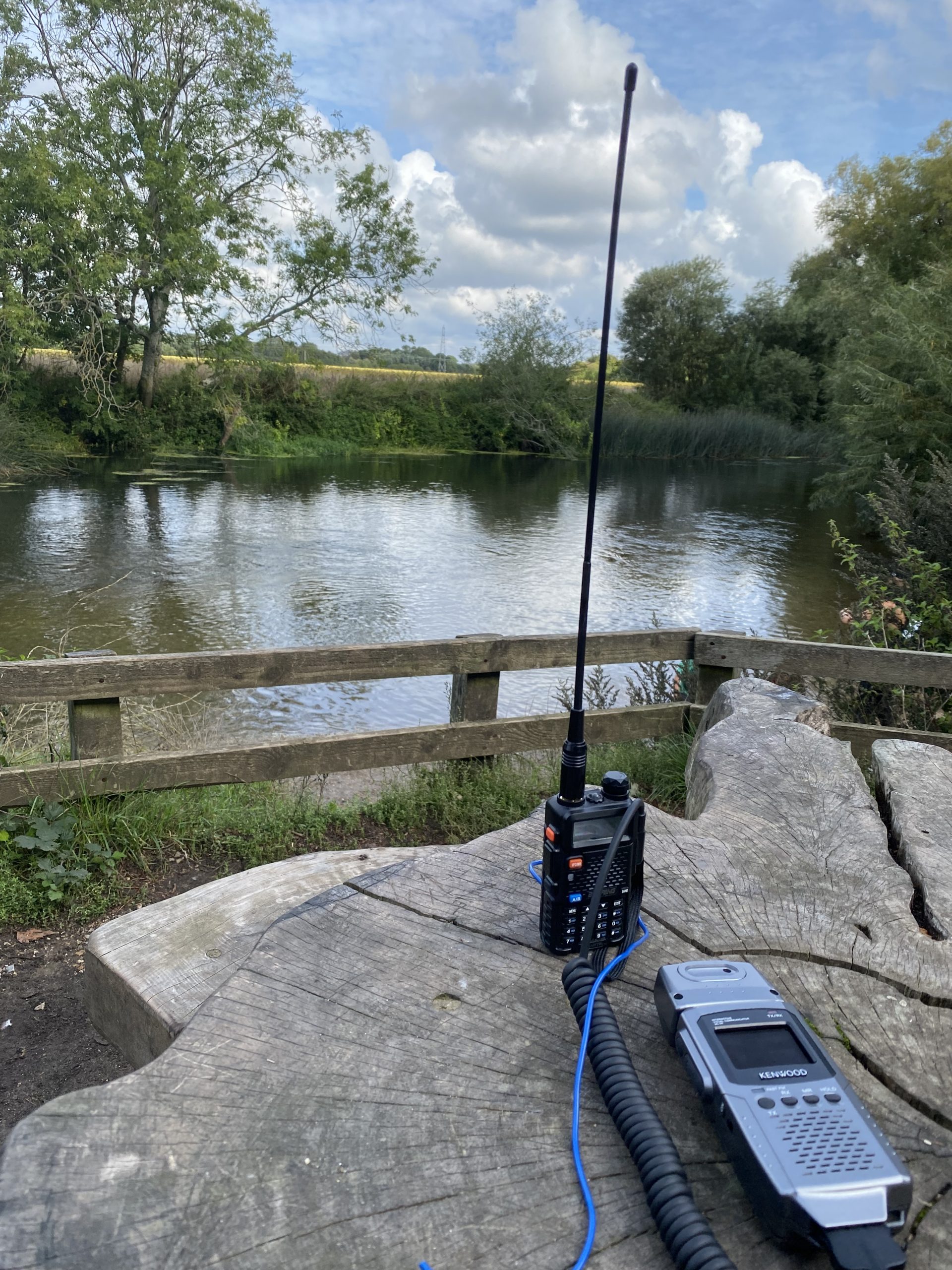


I kept walking towards the river, its slightly lower and certianly well below the height of the base of my antenna, but with being 30ft up, is still within line of sight. My pictures were well recived by the replay SSTV station and Sweety was having an equally good time, playing with other dogs and enjoying the cooler air.




Given the VC-H1 is quite old and transmits in Robot72 mode, I was quite impressed with the colour quality of the camera. I will need to do some research as to what CCD, or other device, it is using for the capture, the colours in the kingfisher memorial seat are quite true to life and with only Robot72 mode being used is a pretty good rendition. We can see the difference between a modern camera on an Iphone compared to the VC-H1 Robot72, but again being able to go mobile and do SSTV is still quite a novelty for me and am just glad it works!



Having neared Cherry Tree park it was time to head back home, we had walk quite a distance and the walk back home was along the busy roads, so no chance to take pictures there whilst walking Sweety. I was happy that the UV5R at over a mile way gave P5/595 picture results on 5W of power, so I could have a true portable SSTV experience and I felt really great from the lovely walk along the river.
I shall be sure to head back again as with autumn approaching, the scenery will get ever so radiant.












